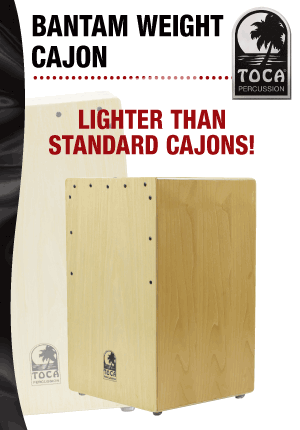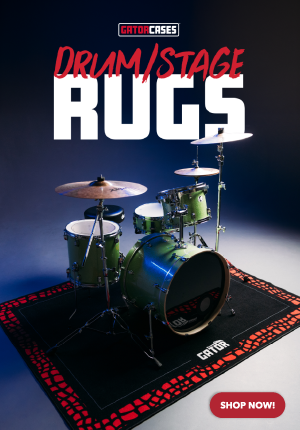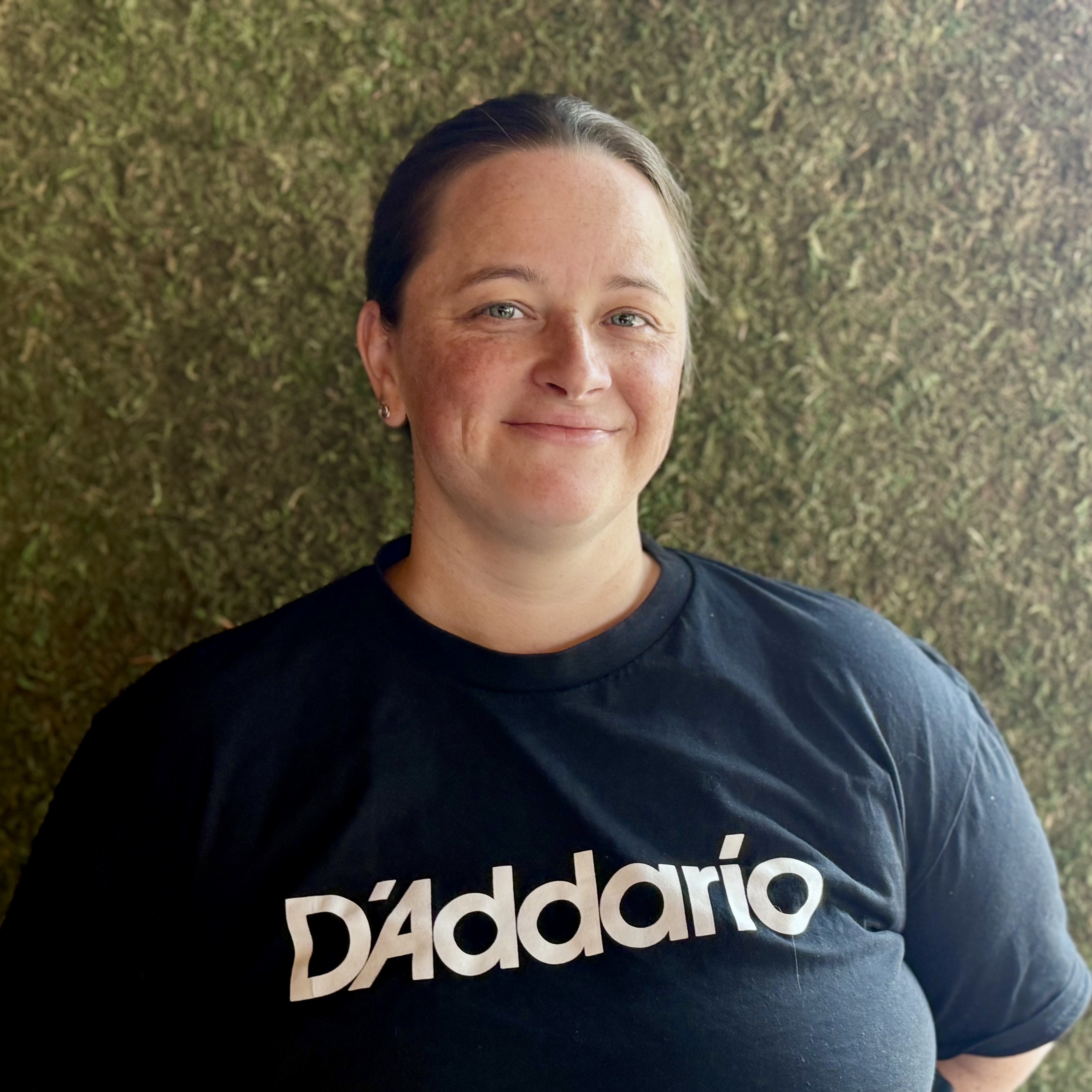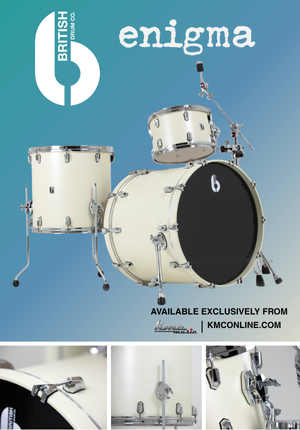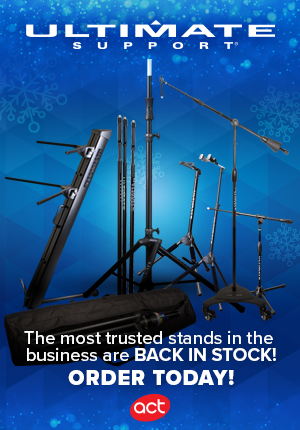Today’s consumer has a huge number of options when it comes to musical instrument products, more than ever before in our industry’s history. The constant sales push from the manufacturers produces a glut of inventory in the market, which makes everyone feel compelled to compete on price. This problem isn’t unique to the music products industry.
As consumers, we see it all around us in almost any category, including mobile devices, luggage, cars, in the cereal aisle at the grocery store… even in other passion and hobby categories, like sporting goods, where consumers feel a similar level of emotional attachment as musicians feel about instruments. These are examples of what we call hyper-mature markets, where the amount of competition, options and inventory result in a surplus that forces price and profits down. We’ve all come to know this as the race to the bottom.
The trick to escaping that race and establishing a competitive advantage is to focus on the complete customer experience. However, how we define that complete experience shouldn’t be limited to just the acts of shopping, selection, transaction and use. We must be sure to include the earliest engagement all the way through to the post-sale experience, which is often the most critical piece of the customer journey for earning long-term loyalty.
We’ve all experienced situations as consumers when something’s gone wrong and we’ve felt that the manner in which a business handled the issue made a big difference between whether we ever purchased from them again. If they treated us right, and fairly, showed empathy and respect for our point-of-view, then odds are they earned our long-term loyalty in spite of the original issue. If they argued, were defensive, hid behind some policy or made no effort to understand how we feel, then that’s where the relationship turned sour and they lost our future business.
A little over a year ago, I had an experience where a design flaw of a new messenger bag caused $300 in damage to my new laptop when the shoulder strap clasp spontaneously released and the bag crashed to the floor. I took pictures and videos to show how a faulty clasp design resulted in the strap failure and subsequent damage. I asked the bag company to reimburse me for the $300 laptop repair bill, and it refused by saying that it was not its policy. Needless to say, I’ll never buy another product from this brand. However, doing some simple break-even math might have led to a different customer service decision that would have earned my long-term loyalty.
In these cases, businesses shouldn’t just look at the cost of service alone, but factor in the long-term effects of their customer service decisions. It can be done easily by using a break-even formula and then internally asking some basic questions. For manufacturers, distributors and retailers in MI, the best method for calculating the break-even is to take the cost of service for the individual issue and divide by your typical or blended gross margin percent. Using my messenger bag experience as an example, if we assume that the luggage brand’s average gross margin is 40%, then we’d divide the laptop repair cost ($300) by 40% (or 0.4). That puts the break-even value at $750. After the math is done, the two questions businesses should ask themselves are:
- Can I sell more than the break-even value in product to this customer over time if I earn their loyalty with my decision?
- If I refuse the customer, will it likely cost me more than the break-even value in potential sales? And what if they share their experience with others?
For many businesses, the cost to provide exceptional customer service can feel large, but the importance of achieving customer loyalty in a market where everyone is competing for the same customers can’t be underestimated. If you find yourself facing a difficult customer service decision, consider the long-term value of that loyalty and prioritize the best possible customer experience. MI
Mike Robinson has been working within the music products industry for 20 years, holding both marketing and product management leadership positions at D’Addario and KHS. Currently, he runs a marketing and business management consultancy, advising clients and executing marketing strategies both within and outside the music products market.




